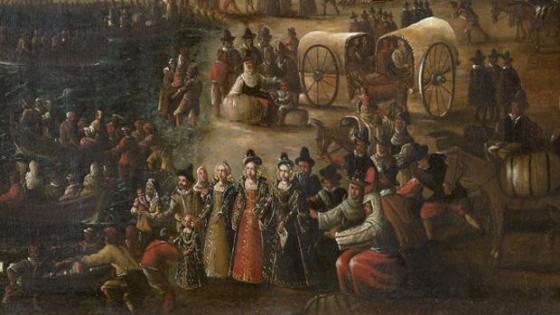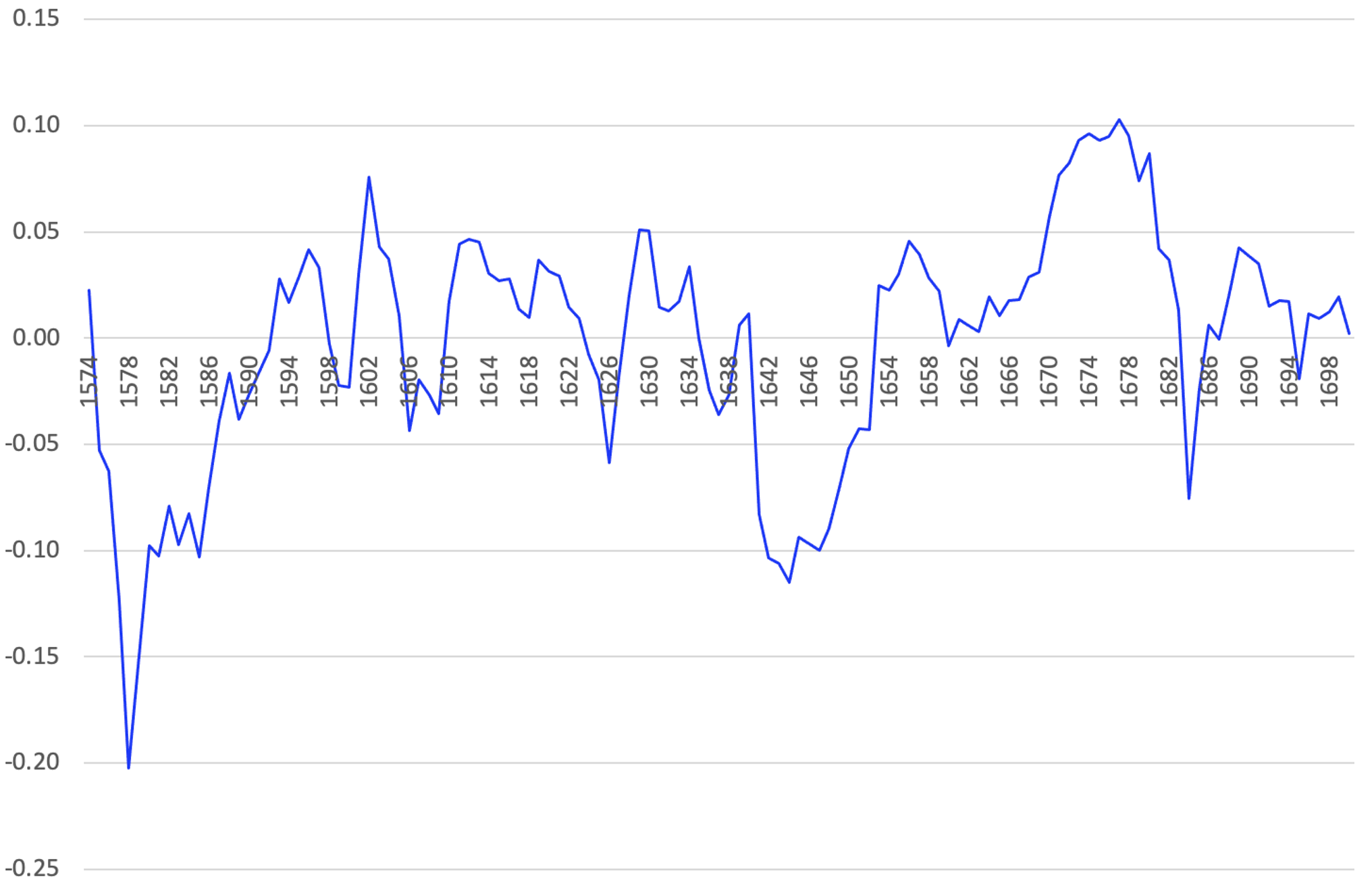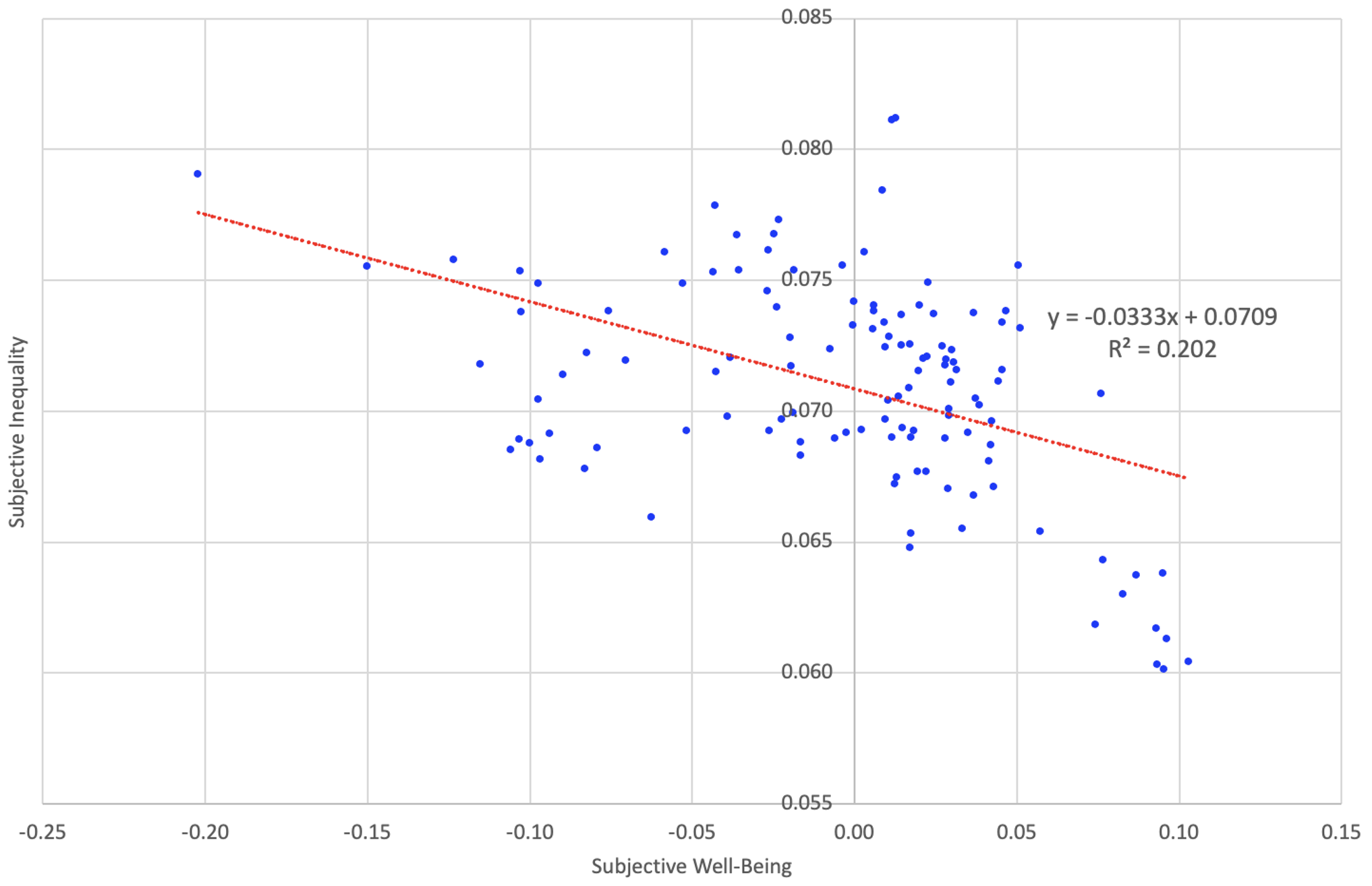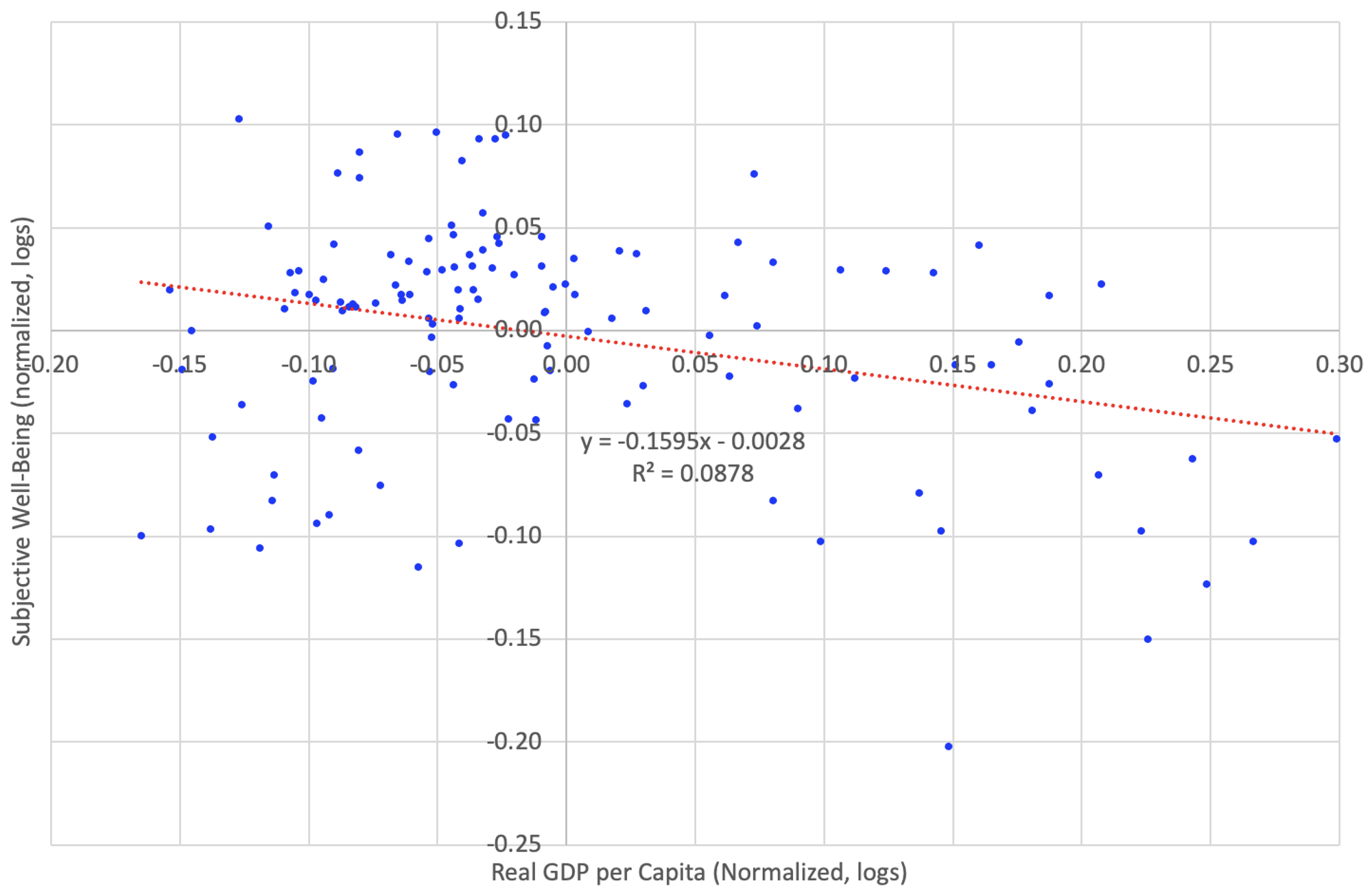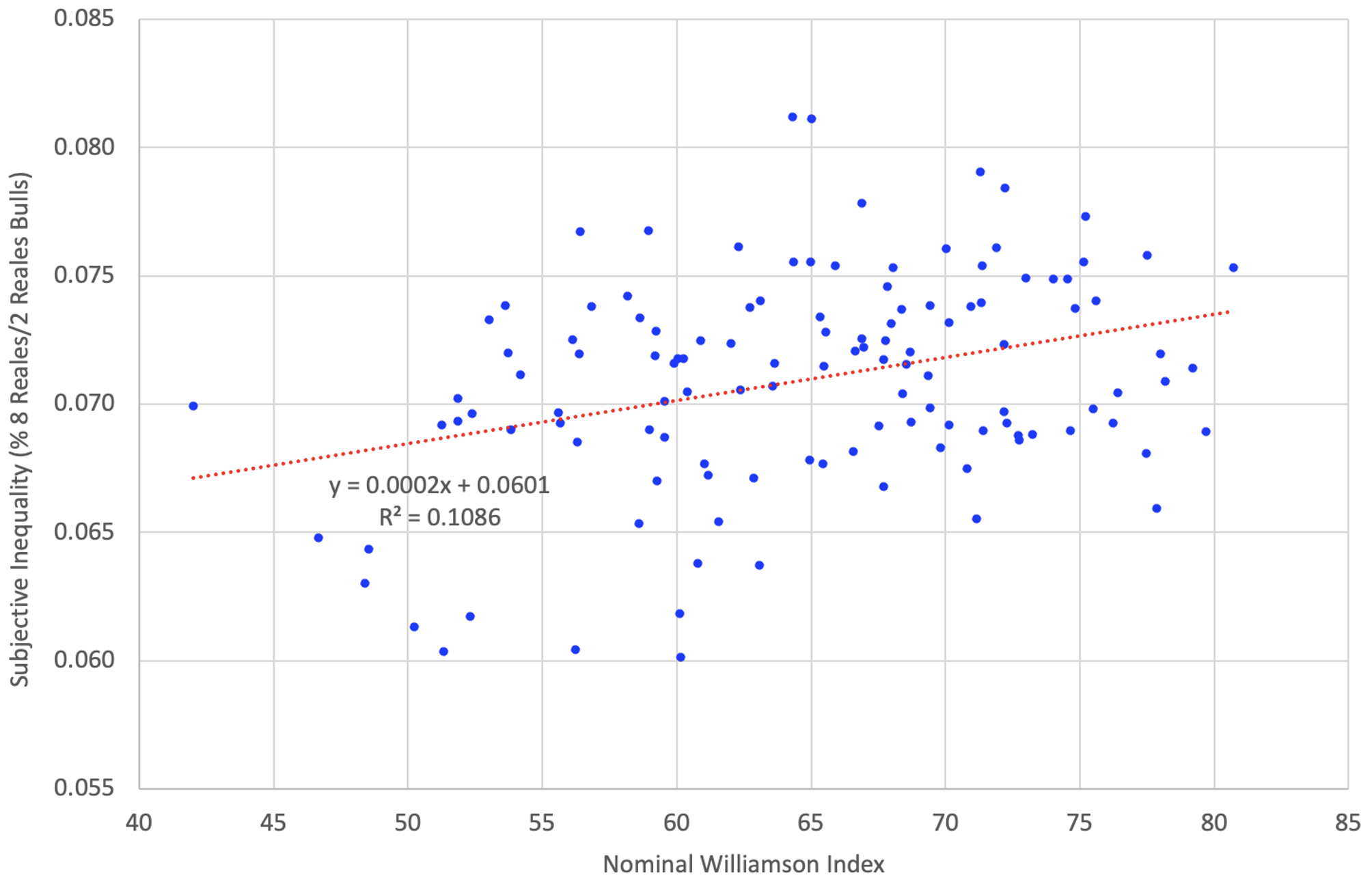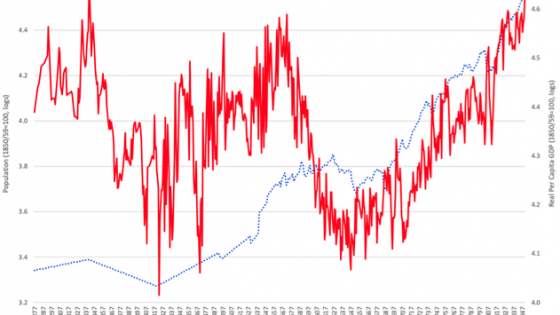Subjective well-being, defined as either life satisfaction or happiness – the latter being the most fashionable topic in Google’s Ngram database (Barrington-Leigh 2022) – and its relationship with GDP per capita has attracted the interest of economists researching welfare during the last half century (Clark 2018, Balasubramanian 2019, Reis et al. 2017, Rustichini and Proto, 2014). But the subject has hardly been explored in a historical context (an exception being Hills et al. 2019). The decline of early modern Spain provides an opportunity to study it.
The modern academic debate on the decline of Spain goes back a long way (Hamilton 1938). New quantitative research shows that after a century of sustained progress, Spain experienced an economic decline from the 1570s to 1650. It recovered only gradually thereafter, and the peak per capita income of the early 1570s was not reached again until the 1820s (Prados de la Escosura et al. 2020, 2022).
How did economic decline affect people’s perception of their well-being? In a recent paper (Álvarez-Nogal and Prados de la Escosura 2023), we look at the spiritual satisfaction of those who lived in Hapsburg Spain, a religiously dominated society. We rely on an unexplored source, namely, the papal Bulls of the Crusade.
The origin of the Crusade Bull in Spain can be traced back to the indulgences and spiritual graces that the Church granted in the Middle Ages to those who risked their lives and wealth to fight in the Holy Land. In addition to some material benefits (such as consuming meat and other goods during times of the year in which the Roman Catholic Church forbade it), acquiring the bull brought more important spiritual benefits: plenary indulgencies that erased the penance for guilt after sinning, either in life or afterwards in Purgatory.
In time, these indulgences were extended to those who fought the infidels in Iberia and the Mediterranean. Those who did not fight could enjoy the same spiritual graces by paying alms to help finance the war. Although these were spiritual benefits, the management of their sale and distribution remained in the hands of the monarchy.
This type of concession from the Church to monarchs was widespread in Europe from the 11th century onwards, but its real boom came in the 15th century with the development of the printing press, which facilitated the sale of bulls at large scale. Printing the bulls on paper and hand-delivering a copy to each of the faithful allowed the bulls to be distributed and collected individually. The bull was personal and non-transferable because only those whose name was written on the back would enjoy these spiritual graces.
Although the Church had been selling indulgences in Spain since the 13th century, ceding part of what they collected to the Crown, the reception to the indulgences preached between 1479 and 1492 – intended to promote the conquest of Granada – aroused the monarchy’s interest in controlling this income in full. After the conquest of the Nasrid kingdom of Granada (1492), the Spanish monarchy continued to demand financial help from the Church: first to keep the Turks away from their possessions in the Mediterranean; then to stop the Berbers in North Africa; and later to eradicate the Protestant heresy in Europe. The Pope yielded to pressure and, over the course of the 16th century, ceded to the Crown part of the revenues collected in Spain.
Unlike the rest of Europe, where the sale of indulgences was suppressed by Pope Pius V (1567), the practice was consolidated in Spain. Despite widespread criticism of the Crusade Bull from the beginning of the 16th century, sparked by Martin Luther’s Ninety-five Theses (1517), all attempts to put an end to it came up against the strength and diplomatic influence exercised by Philip II in defending it. The Turkish threat, the need to form the Holy League and to pay for the subsequent Battle of Lepanto were arguments skilfully used by the King of Spain to persuade the Pope to grant the bull again. After 1574, the Crusade Bull was annually collected by the Spanish Monarchy in its territories.
The purchase of the bull was compulsory for those aged 12 and above who wanted to enjoy its benefits. Given its affordable price, practically all of them bought the bull in ‘normal’ times, so the number of bulls sold moved in line with the population.
We argue that the number of bulls sold from the relevant population, whatever drove their sale (economic hardship, social unrest, political turmoil, warfare), provided a measure of spiritual comfort and, hence, of subjective well-being in a very religious world. In Figure 1, we observe that our measure of subjective well-being deteriorated during the late 16th century and in the 1640s, but improved during the 1670s.
Figure 1 Subjective well-being: Ratio of total bulls to population (normalised, logs)
Another feature of our source is that it distinguishes between two types of bulls: the regular 2 reales bull for the common people, and the 8 reales bull intended for those of wealth and high social status. Notwithstanding the social pressure to procure the appropriate kind of bull, acquiring one type or another was an individual choice. Thus, the number of 8 reales bulls sold expressed as a percentage of the 2 reales bulls provides information on the proportion of the population that included itself in the top of the income distribution. In other words, it presents us with a subjective measure of inequality. We find that our measure of subjective inequality increased in the first decades of the 17th century and fell during the 1640s and late 1660s–1670s (Figure 2).
Figure 2 Subjective inequality: Ratio between bulls of 8 and 2 reales bulls, 1574–1700 (%)
We can conclude, then, that subjective well-being and inequality evolve as mirror images; except in the 1640s, when both contracted, gains (losses) in subjective well-being were accompanied by a fall (rise) in subjective inequality over the almost 130 years considered. In fact, a negative association results from plotting subjective inequality against subjective inequality, suggesting that inequality declined as well-being improved (Figure 3).
Figure 3 Subjective inequality versus subjective well-being
Note: Subjective inequality is measured by the ratio between 8 and 2 reales bulls; subjective well-being is measured by the ratio of total bulls to the population (normalised, logs)
But how does subjective well-being compare to GDP per capita? Kahneman and Deaton (2010) suggested a diminishing association between the two dimensions as per capita income increases, and Rustichini and Proto (2014) observed a hump shape relationship, with a positive association at lower income levels (countries) that flattens and even becomes negative as average incomes (countries) reach higher levels. In the case of Hapsburg Spain, we observe a weak association between subjective well-being and GDP per capita that turns negative as income gets higher (Figure 4). This result matches Proto and Rustichini and Proto’s (2014) finding, but given Spain’s relatively low average income levels at the time, a positive and non-flattening association would have been expected.
Figure 4 Subjective well-being and GDP per capita, 1574–1700
Note: Subjective well-being is measured by the ratio bulls to Population (normalised).
Source: See text.
Furthermore, when the comparison between subjective and objective measures is extended to inequality (Figure 5), we find that our subjective inequality measure presents a positive, though weak, association with the Williamson index (that is, the ratio at current price between GDP per capita and wage rate).
Figure 5 Subjective inequality and nominal Williamson index (1790/99=100)
Note: Subjective inequality is measured by the ratio between 8 and 2 Reales bulls.
References
Álvarez-Nogal, C and L Prados de la Escosura (2023), “Subjective Well-being in Spain’s Decline”, CEPR Discussion Paper 18140.
Balasubramanian, S (2019), “Wellbeing measurements, Easterlin’s paradox and new growth models: A perspective through gross national happiness”, VoxEU.org, 17 February.
Barrington-Leigh, C P (2022), “Trends and Conceptions of Progress and Well-being”, in World Happiness Report 2022, Sustainable Development Solutions Network.
Clark, A E (2018), “Four Decades of the Economics of Happiness: Where Next?”, Review of Income and Wealth 64(2): 245¬–269.
Hamilton, E J (1938), “The Decline of Spain”, Economic History Review 8(2): 168–179.
Hills, T T, E Proto, D Sgroi and C Illushka Seresinhe (2019), “Historical Analysis of National Subjective Wellbeing using Millions of Digitized Books”, CEPR Discussion Paper 13636.
Kahneman, D and A Deaton (2010), “High Income Improves Evaluation of Life but not Emotional Well-Being”, Proceedings of the National Academy of Sciences 107: 16489–16493.
Prados de la Escosura, L, C Álvarez-Nogal and C Santiago-Caballero (2020), “Growth recurring in a preindustrial economy: Spain in a half-millennium perspective”, VoxEU.org, 7 May.
Prados de la Escosura, L, C Álvarez-Nogal and C Santiago-Caballero (2022), “Growth Recurring in Preindustrial Spain?”, Cliometrica 16: 215–241.
Reis, R M McMahon, M Ellison, E Ilzetzki and W Den Haan (2017), “Happiness and wellbeing as objectives of macroeconomic policy: Views of economists”, VoxEU.org, 30 March.
Rustichini, A and E Proto (2014), “GDP and life satisfaction: New evidence”, VoxEU.org, 11 January.
